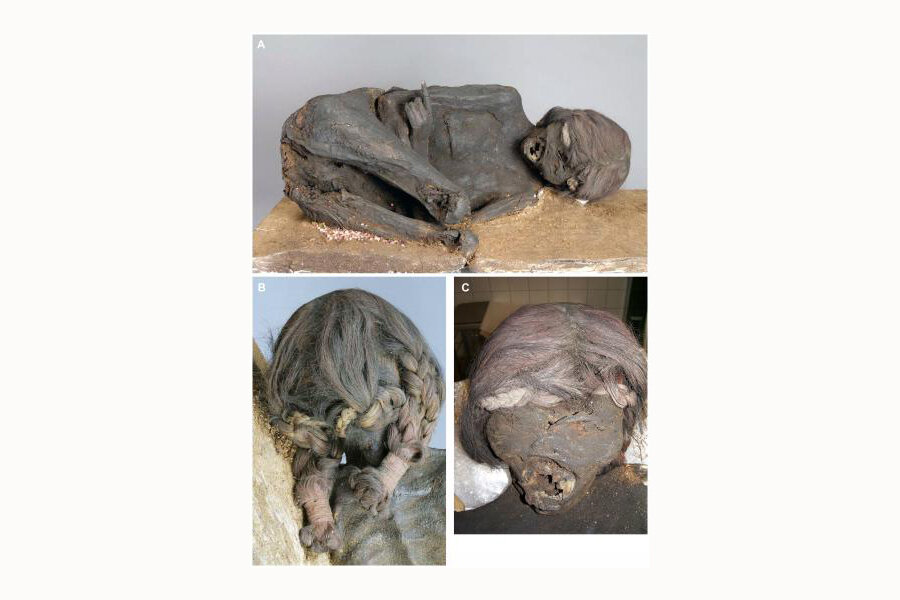Mummy of a young Inca woman suggests ritual homicide
Loading...
Scientists have managed to reconstruct the life of an intriguing 500-year-old Inca mummy that belongs to an unidentified woman.
Originally acquired in the 1890s by Princess Theresa of Bavaria during a trip to South America, the mummy has been kept for more than a hundred years in the Bavarian State Archeological Collection in Germany.
Hair and skeletal examinations from the mummy indicated that the woman lived in the coastal area of Pacific South America and was probably between 20 and 25 years old when she died. A genetic analysis of parasites found within the mummy's intestinal tract suggests that she suffered from Chagas disease, the researchers said.
A 3D reconstruction of her skull suggests that, like many Inca, her head was bound when she was an infant, to elongate the shape of her cranium.
Just before her death, she suffered a severe blow to the head, suggesting a ritual homicide seen in many such mummies in South America. An earlier study that looked at hair samples from three Incan mummies revealed that they belonged to three children who developed an addiction to cocaine. These children were frequently fed alcohol and were killed in a ritual 500 years ago.
Researchers predict that even without suffering the fatal blow, the woman would likely have died early from chronic Chagas disease.
Apart from examining the skeleton and organs of the mummy, researchers carried out other procedures, including a complete body CT scan, molecular identification of ancient parasitic DNA, forensic injury reconstruction, and isotope analysis to gather information about the kind of life the woman was leading.
Isotope analysis of nitrogen and carbon in her hair point toward a diet comprising maize and seafood, according to a press release. But data indicate that during the last two months she had changed to a more terrestrial diet suggesting that she either moved from the coast or changed her food habits.
The findings were published in a paper titled "Reconstructing the Life of an Unknown (ca. 500 Years-Old South American Inca) Mummy – Multidisciplinary Study of a Peruvian Inca Mummy Suggests Severe Chagas Disease and Ritual Homicide" in the journal PLOS One.








